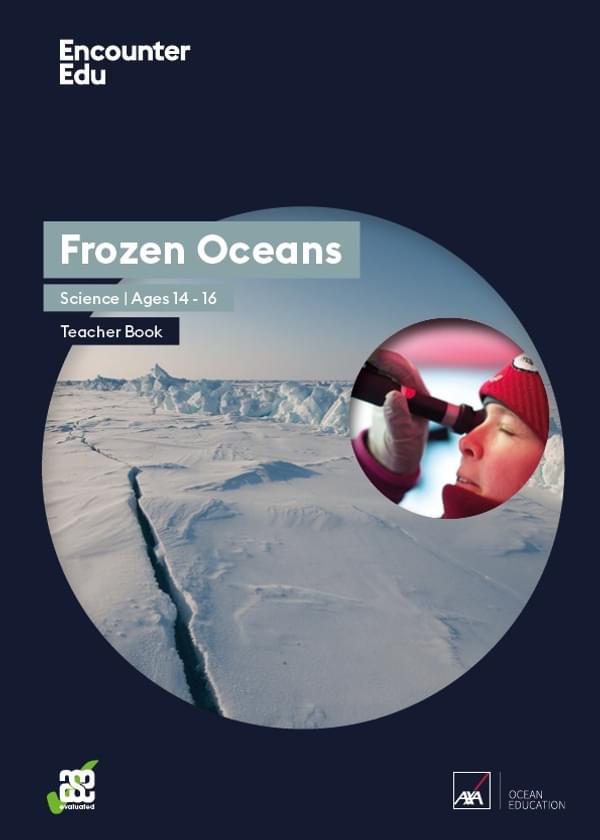Ocean acidification and its impacts
Imagine you could see the impact of ocean acidification on marine life. There's a simple experiment you can try at home. Grab a seashell from your last beach trip, buy a fizzy drink, and put the seashell in the drink. Observe it after a few days. You'll notice the seashell dissolving gradually, illustrating the effects of ocean acidification.
What is ocean acidification?
Ocean acidification is the process by which carbon dioxide in the atmosphere is absorbed by the ocean, reacts with the seawater, and forms carbonic acid. Colder waters absorb carbon dioxide more quickly, making the Arctic Ocean particularly vulnerable to acidification. As carbon dioxide levels increase, hydrogen ions accumulate, causing the ocean's pH level to drop and making it more acidic.
Buffering and ocean pH
The ocean's pH is regulated by a process called buffering, where hydrogen ions react with calcium carbonate. While buffering can mitigate the effects of ocean acidification, it occurs over thousands of years, and at a rate too slow to counteract current increases in carbon dioxide levels. Since the Industrial Revolution, the pH level has already dropped by 0.1, a seemingly small amount, but representing a 30 per cent increase in acidicity, and large enough to negatively affect marine life.
The Arctic as a bellwether
The Arctic serves as an indicator of global ocean acidification, with the effects happening faster there than elsewhere. Prof Helen Findlay, a Biological Oceanographer from Plymouth Marine Laboratory, explains that organisms like copepods collected in the Arctic Ocean are being studied to see how they respond to predicted future pH levels.
Impact on marine life
Acidification affects marine organisms that have calcium carbonate shells or structures, which can affected as pH levels decrease. These organisms struggle to maintain their shells and could face severe consequences, with a cascading effect on larger fish and mammals that depend on them for food. Dr Ceri Lewis, from the University of Exeter, emphasizes that within a few decades, increased ocean acidity could become corrosive to smaller marine creatures, which are crucial to marine ecosystems.
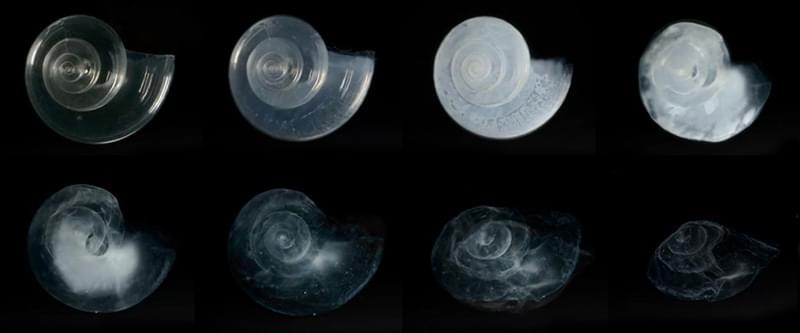 NOAA
NOAA
By understanding ocean acidification and its impact on marine life, we can raise awareness and explore potential solutions to mitigate its effects. Just as the seashell dissolved in the fizzy drink, ocean acidification is starting to affect the survival of a range of species. It's crucial to address this pressing issue before it's too late.
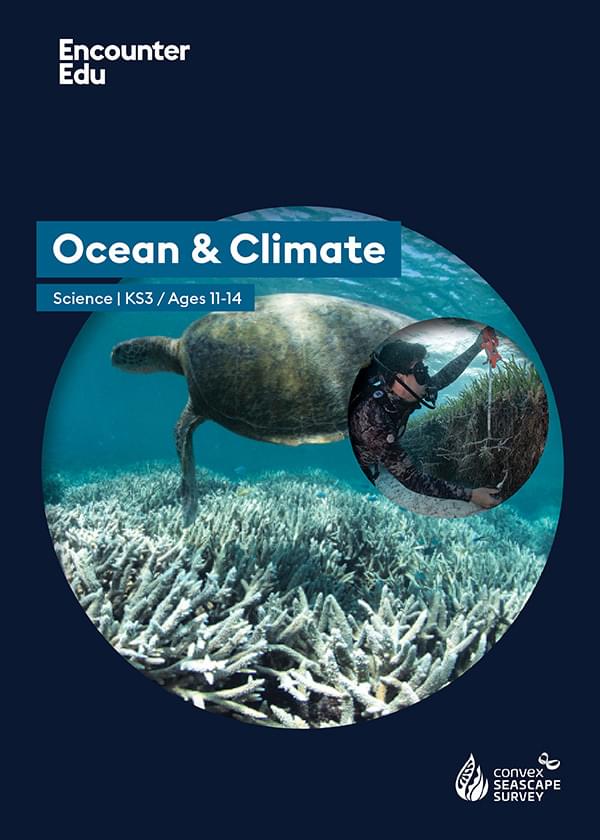
Science | Ages 11-14
Ocean & Climate
Ocean & Climate | Science | Ages 11-14 is a KS3 teacher resource. Based on the work of the Convex Seascape Survey, this unit develops students' understanding of climate change, ocean, and sustainability topics.
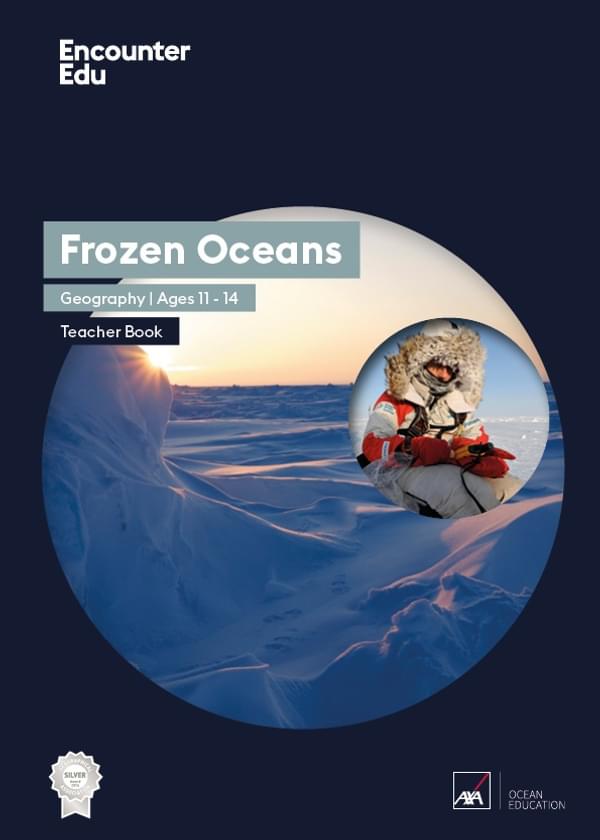
Geography | Ages 11-14
Frozen Oceans
The Frozen Oceans Geography resources are designed to take 11-14 year-olds on a journey to the Arctic following the expedition team of the Catlin Arctic Survey.
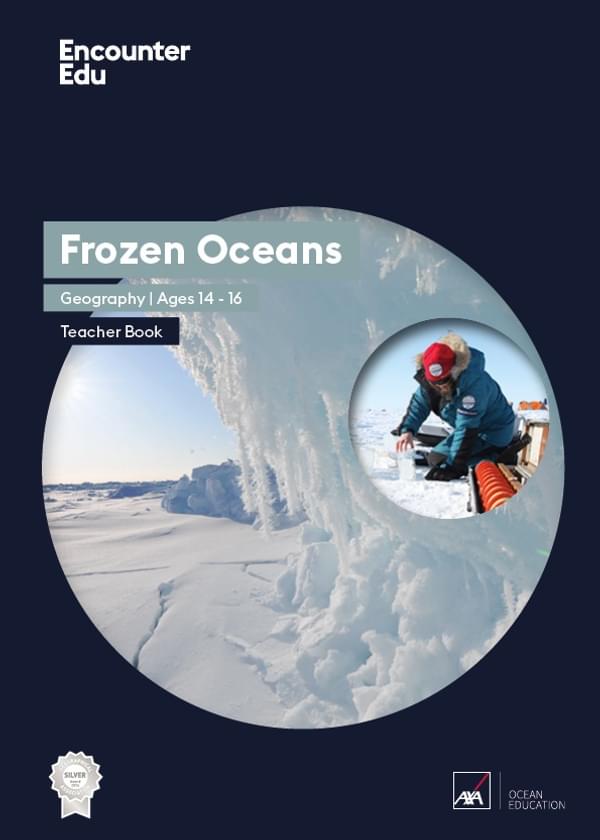
Geography | Ages 14-16
Frozen Oceans
This Frozen Oceans education resource includes two data case studies that introduce students to ocean acidification and sea ice thickness. The core of each case study are data sets from real expeditions.
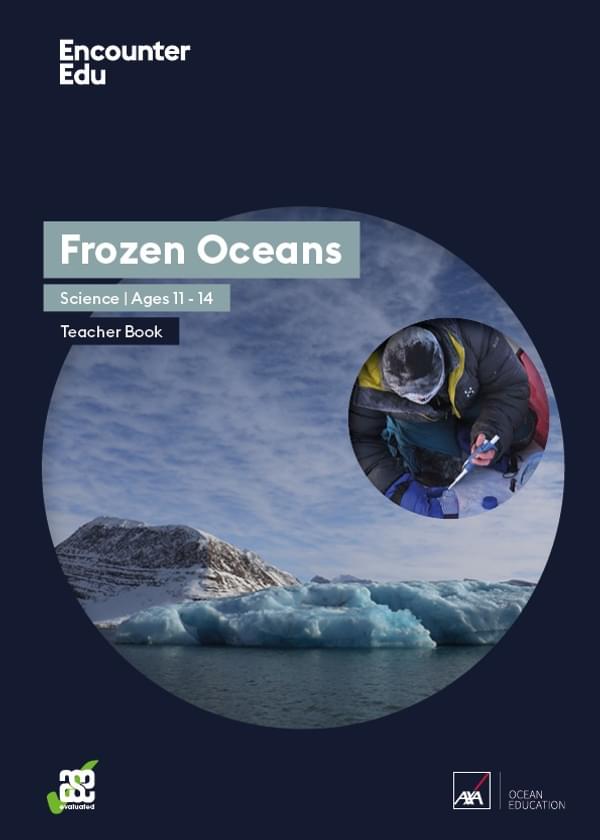
Science | Ages 11-14
Frozen Oceans
The Frozen Oceans Science resources introduce working scientifically concepts and skills to 11-14-year-olds through enquiry-based lessons which replicate work done by field scientists in the Arctic.
